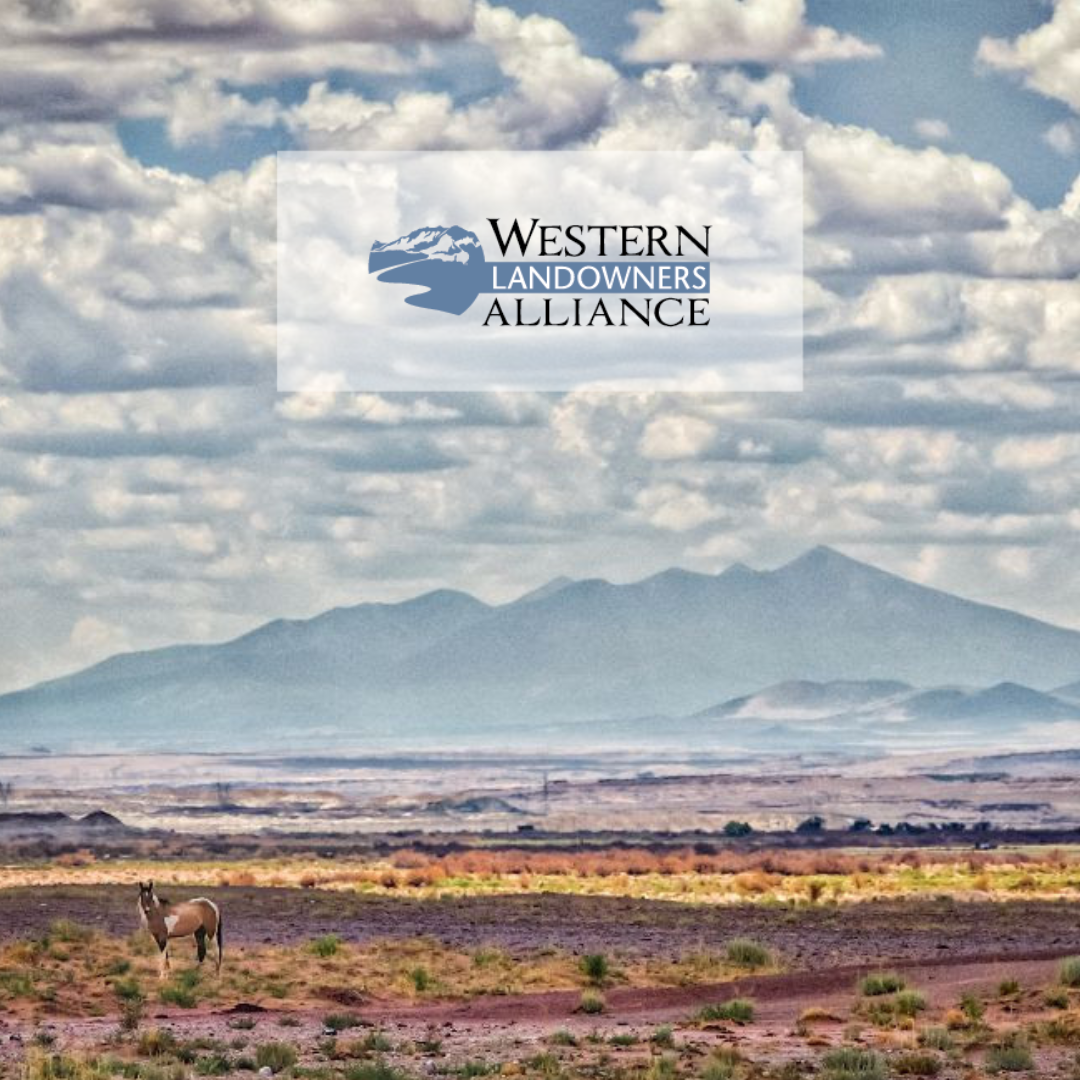USDA Report Demonstrates Positive Impact of $300 Million Investment in Sage-grouse Conservation
WASHINGTON, Feb. 12, 2015 – The United States Department of Agriculture (USDA) today issued a report showing that since 2010 USDA and its partners in the Sage Grouse Initiative (SGI) have worked with private landowners to restore 4.4 million acres of habitat for sage-grouse while maintaining working landscapes across the West. USDA also announced today that, through the provisions of the 2014 Farm Bill, it will invest in new sage-grouse conservation work over the next four years.
“We’re working with ranchers who are taking proactive steps to improve habitat for sage-grouse while improving the sustainability of their agricultural operations,” Under Secretary for Natural Resources and Environment Robert Bonnie said. “Thanks to the interest from ranchers and support of our conservation partners, USDA’s Natural Resources Conservation Service (NRCS) is working to secure this species’ future while maintaining our vibrant western economies. Since 2010, we’ve worked with ranchers to conserve, restore, or maintain more than 4 million acres of habitat on private lands – an area twice the size of Yellowstone National Park.”
In the past five years, NRCS has invested $296.5 million to restore and conserve sage-grouse habitat, and has pledged to extend these efforts by approximately $200 million over four years through the conservation programs funded by the 2014 Farm Bill. Additionally, NRCS is piloting use of its Conservation Stewardship Program to broaden the impacts of SGI by targeting up to 275,000 acres to enhance sage-grouse habitat in 2015.
SGI is a diverse partnership led by NRCS that includes ranchers, state and federal agencies, universities, non-profit groups, and private business. SGI has leveraged the NRCS investment with an additional $128 million from partners and landowners, bringing the total SGI investment to $424.5 million. SGI aids ranchers with NRCS technical and financial assistance and in getting NRCS conservation practices on the ground.
Efforts range from establishing conservation easements that prevent subdivision of large and intact working ranches to improving and restoring habitat through removal of invasive trees. Across the range, conservation easements have increased eighteen-fold through SGI, protecting 451,884 acres. NRCS efforts have been targeted towards the most important regions. More than one-third of the easement acreage is located in Wyoming, which contains 40 percent of the sage-grouse population. In Oregon, NRCS has invested $18.4 million through SGI in on-the-ground restoration, helping more than 100 ranchers remove conifers from 200,000 acres of key nesting, brood-rearing and wintering habitats, addressing 68 percent of the conifer threat to Oregon’s sage-grouse population on priority private land. These efforts focused on eliminating the encroachment of conifer trees on grasslands not only benefit the sage-grouse, but also improve the forage available on grazing lands.
“American ranchers are working with us to help sage-grouse because they know they are helping an at-risk bird while also improving the food available for their livestock,” Bonnie said. “As the saying goes, ‘What’s good for the bird is good for the herd.'”
“We continue to work diligently to remove the conifer trees that put sage-grouse and their habitat at risk,” said Tim Griffiths, NRCS’ coordinator for SGI. “By removing trees and saving vulnerable grasslands, we’re expanding the footprint of prime sage-grouse habitat while supporting sustainable ranching and working lands.”
For more on technical and financial assistance available through conservation programs, visit www.nrcs.usda.gov/GetStarted or a local USDA service center.
Today’s announcement was made possible by the 2014 Farm Bill. The 2014 Farm Bill builds on historic economic gains in rural America over the past five years, while achieving meaningful reform and billions of dollars in savings for taxpayers. Since enactment, USDA has made significant progress to implement each provision of this critical legislation, including providing disaster relief to farmers and ranchers; strengthening risk management tools; expanding access to rural credit; funding critical research; establishing innovative public-private conservation partnerships; developing new markets for rural-made products; and investing in infrastructure, housing and community facilities to help improve quality of life.
Join WLA to stay up to date on the most important news and policy for land stewards.
Become a member for free today and we will send you the news and policy developments critical to the economic and ecological health of working lands.
WLA works on behalf of landowners and practitioners throughout the West. We will never share your contact information with anyone.
©2025 Western Landowners Alliance • PO BOX 27798, Denver, CO 80227 • 505.466.1495
Western Landowners Alliance is a 501 (c)(3) non-profit recognized by the IRS.
Tax ID: 46-1346488
